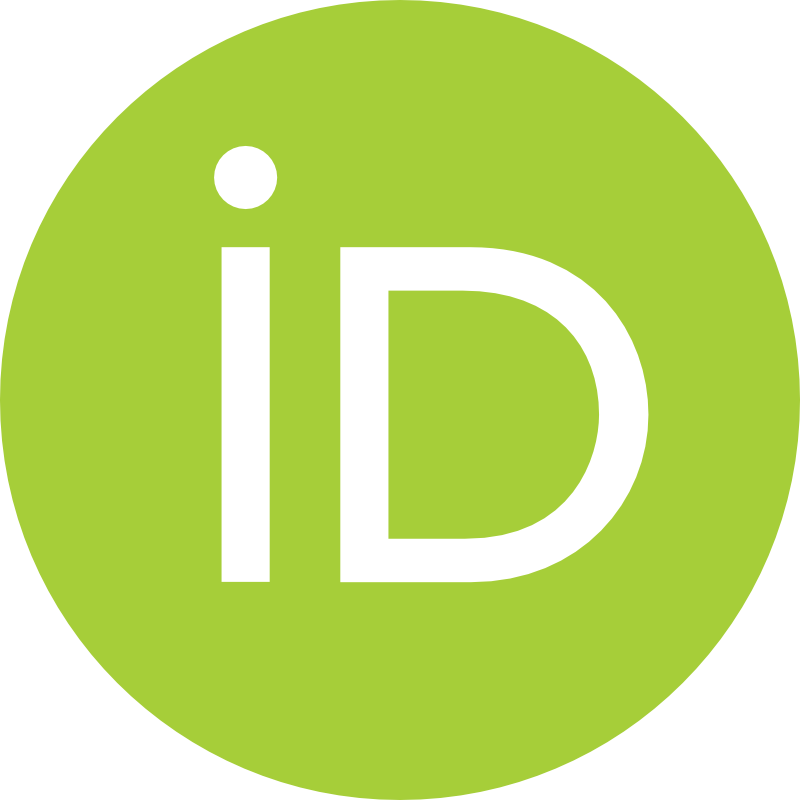ORCID FAQs
What benefits does my organisation get from joining the consortium?
Joining the consortium means that your organisation is an ORCID member and includes all the benefits a premium ORCID member offers, plus access to local technical support as well as the chance to be a part of a like minded national community. The benefits include but are not limited to:
- 5 member APIs to integrate 5 systems with the ORCID registry
- access to Affiliation Manager to add/update affiliation data
- update notification via member API using webhooks
- ability to add/update/delete information from ORCID records (provided researcher consent is obtained)
- personalised local technical support, consultations as well as integrated application user acceptance testing.
- access to use cases and best practices
Where can I get the ORCID Outreach Resources?
For ORCID outreach resources and exemplars, visit ORCID communications and outreach. To see examples from Australian ORCID Consortium members, visit AAF ORCID communications and outreach.
Where do I go to get technical information about the ORCID API?
Technical information about the ORCID API can be found in the following places:
If your organisation is an Australian ORCID Consortium member and you have questions on ORCID, you can direct them to [email protected].
Using statistics from ORCID integration in reporting
Staff at organisations that have implemented an ORCID integration can obtain insights into how ORCID is being utilised at their institution. For example:
- Number of researchers that have connected their ORCID ID using the ORCID integration
- Number of ORCID records that have been updated
- A timeline of ORCID IDs connected over time.
Organisations can gain a high-level overview of how their ORCID integration is performing and demonstrate the value of their ORCID integration.
If your organisation is an ORCID consortium member, you will have access to the ORCID Member Portal – Reporting Dashboard tool which will provide you with customised reports to your ORCID integration. ORCID have detailed more information on how to use the Reporting Dashboard here.
If you are a member of the Australian ORCID Consortium and have questions regarding the ORCID Member portal – Reporting Dashboard, please reach out to us on [email protected]
Displaying the ORCID Member Badge
The full ORCID Logo should not be changed or altered in any way. ORCID have a special member logo for ORCID Members to indicate their membership status with ORCID. Using the ORCID logo according to ORCID’s usage policy along with the ORCID Member Logo allows for researchers to experience a seamless user-experience with the look and feel of an organisations ORCID page, irrespective of their organisation.
When researchers move between organisations, they will find the familiarity and user-experience of the ORCID page easy to navigate, making the transition of moving their research outputs between organisations easier.
If you are an Australian ORCID Consortium member and do not have the necessary ORCID Member logo, send us an email to [email protected] . If you are an ORCID member who requires the ORCID Member logo, please send an email to [email protected].

Contact us
We're here to help. Contact AAF Support Monday to Friday 8am to 4pm AEST (excluding Queensland public holidays).
